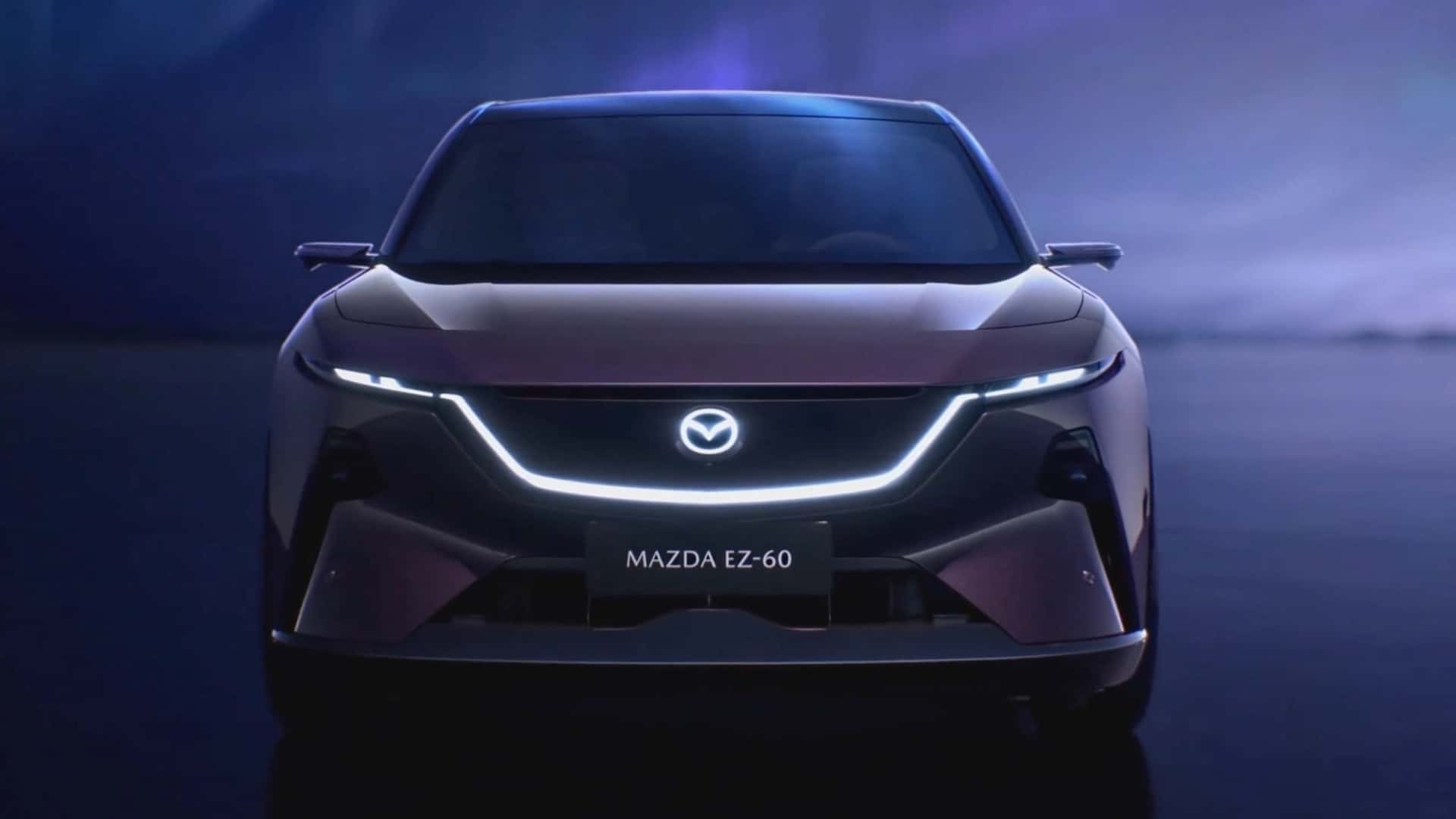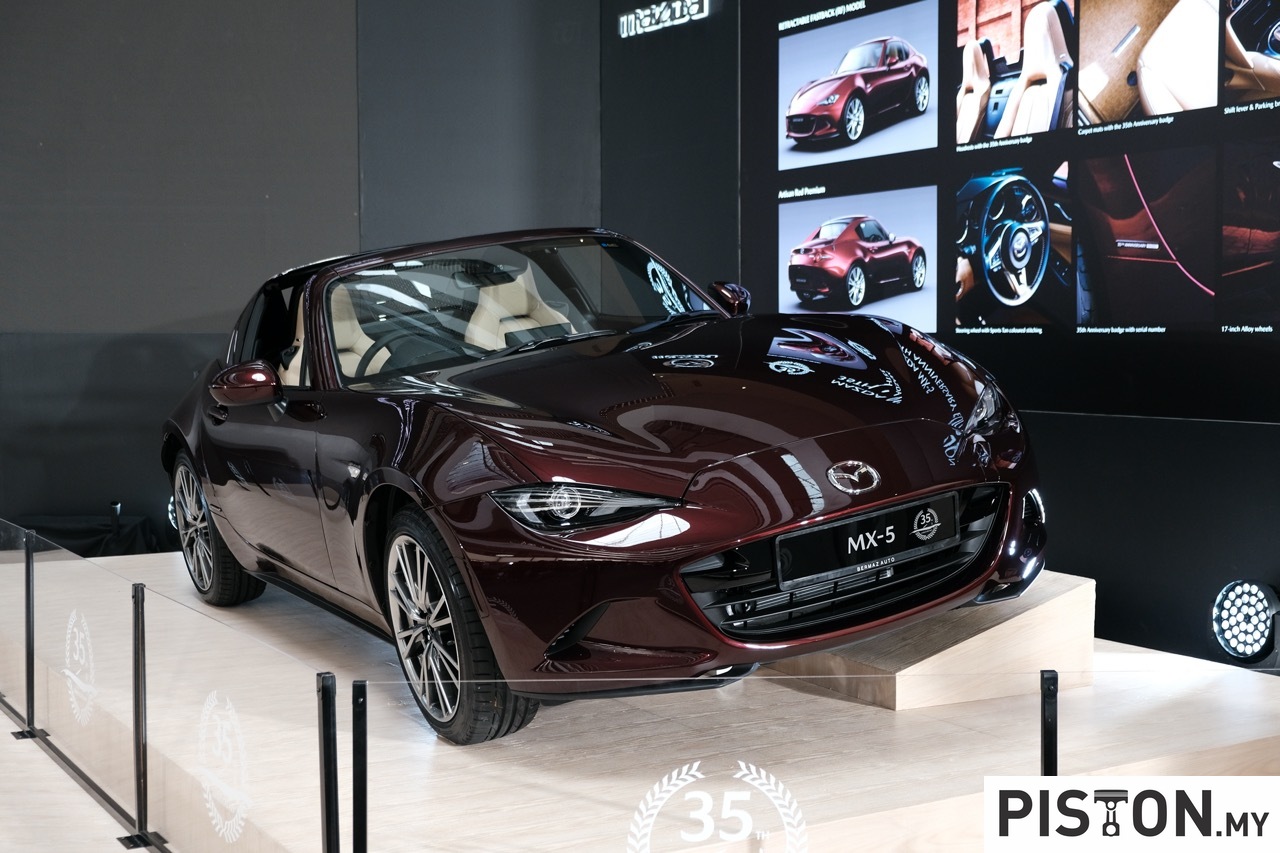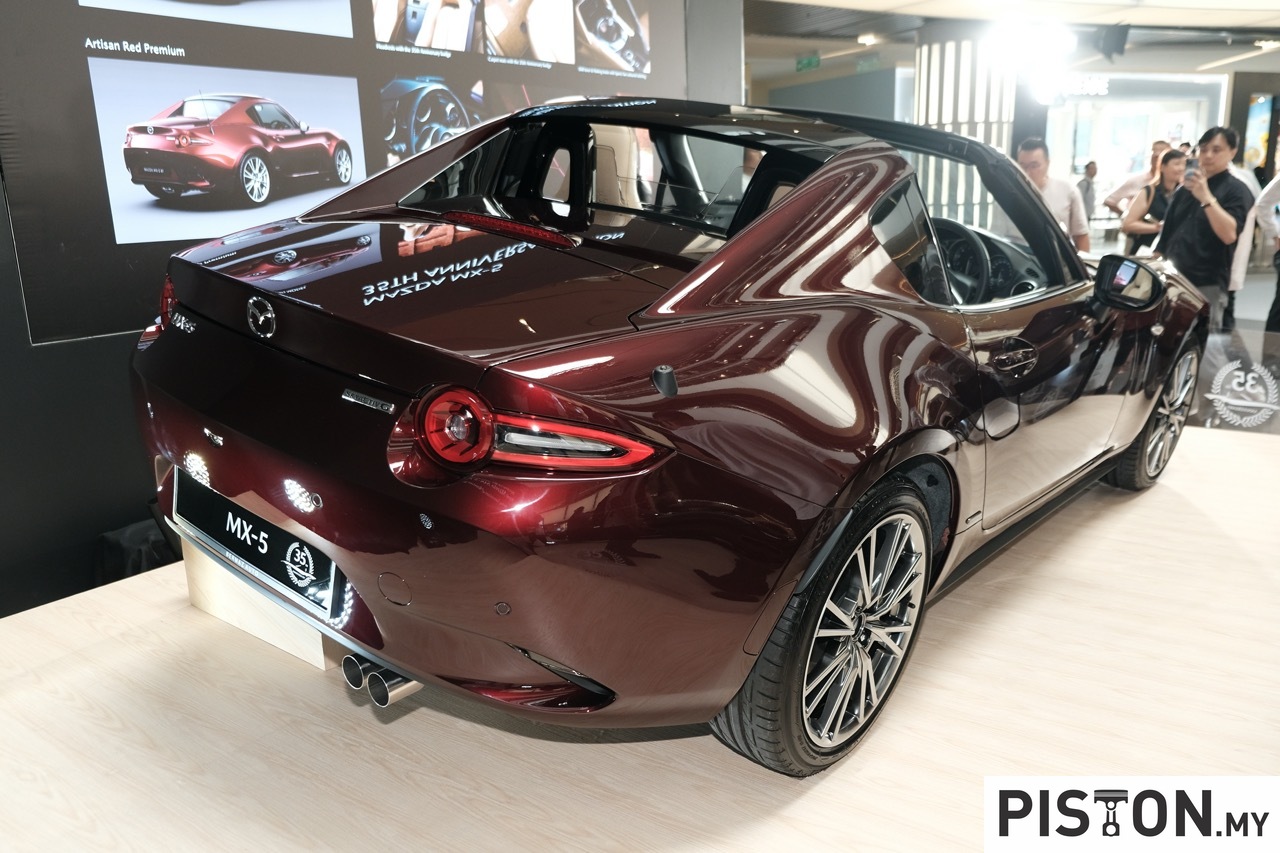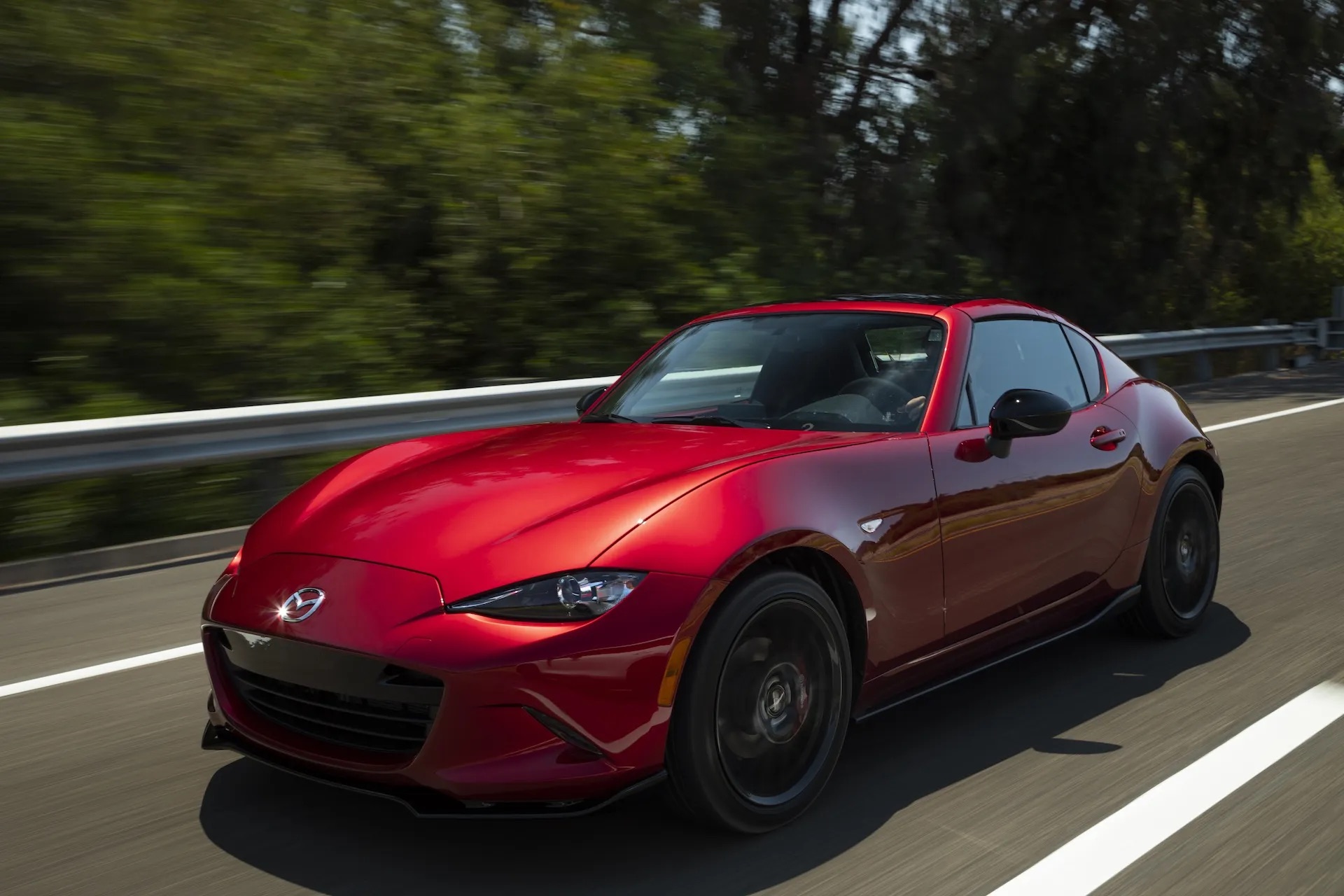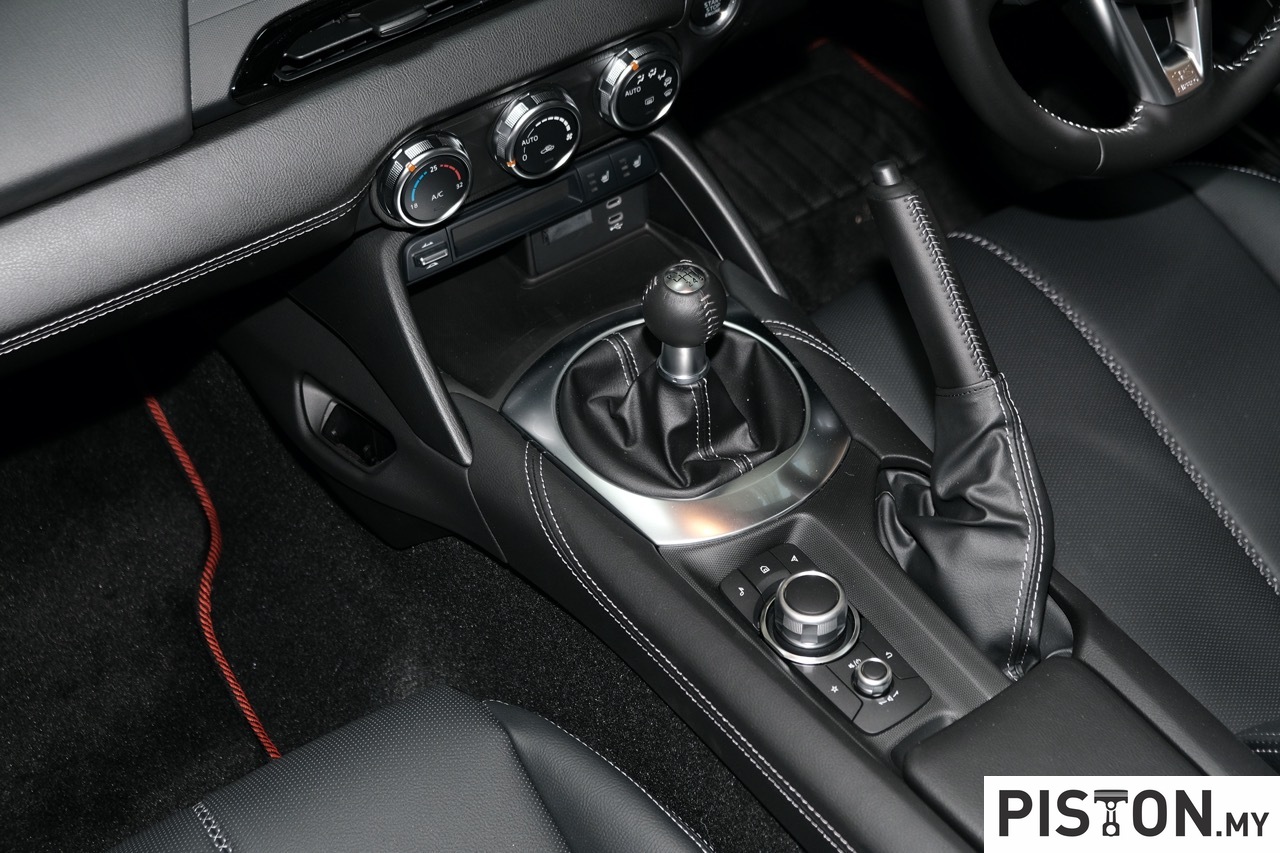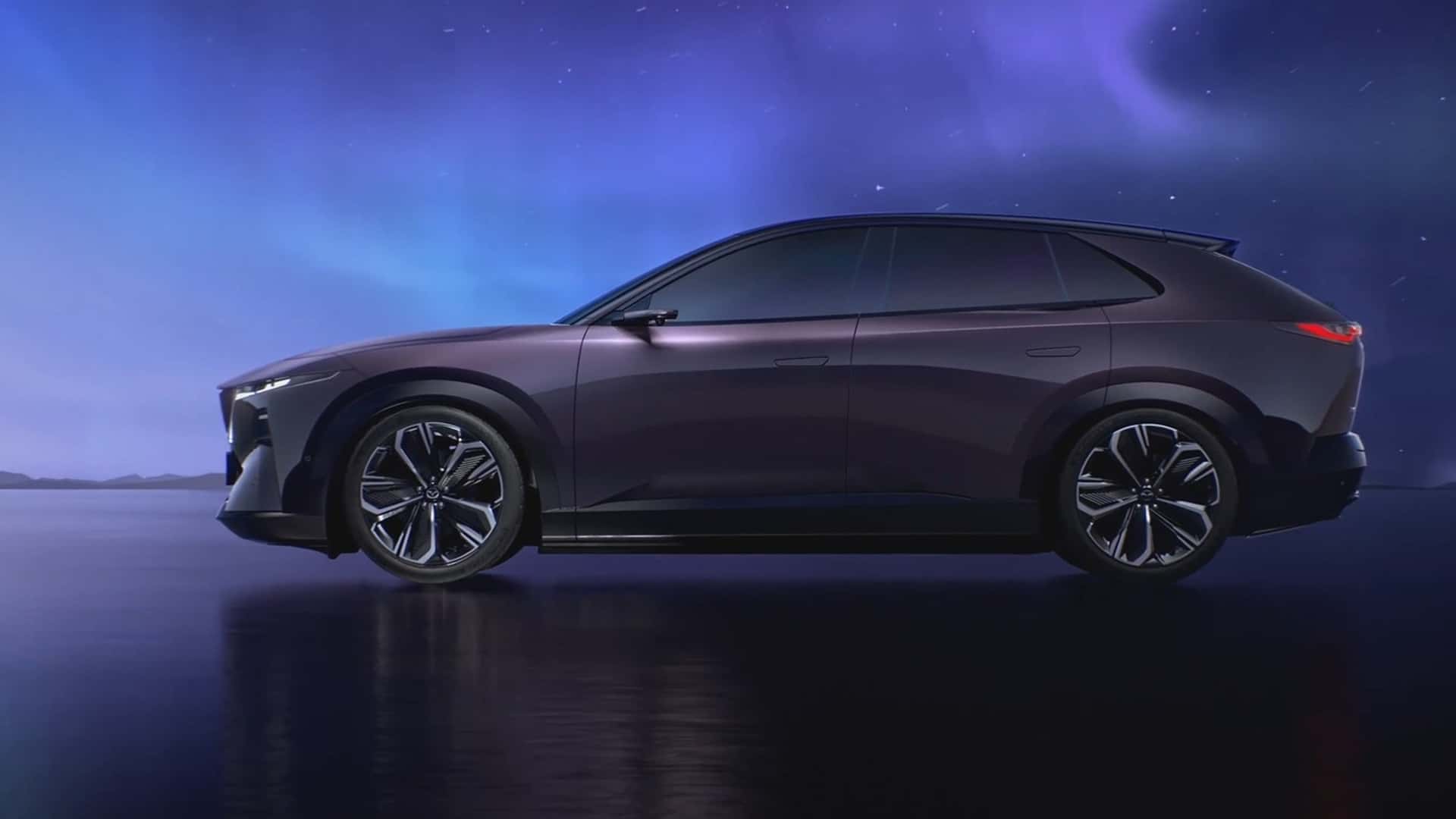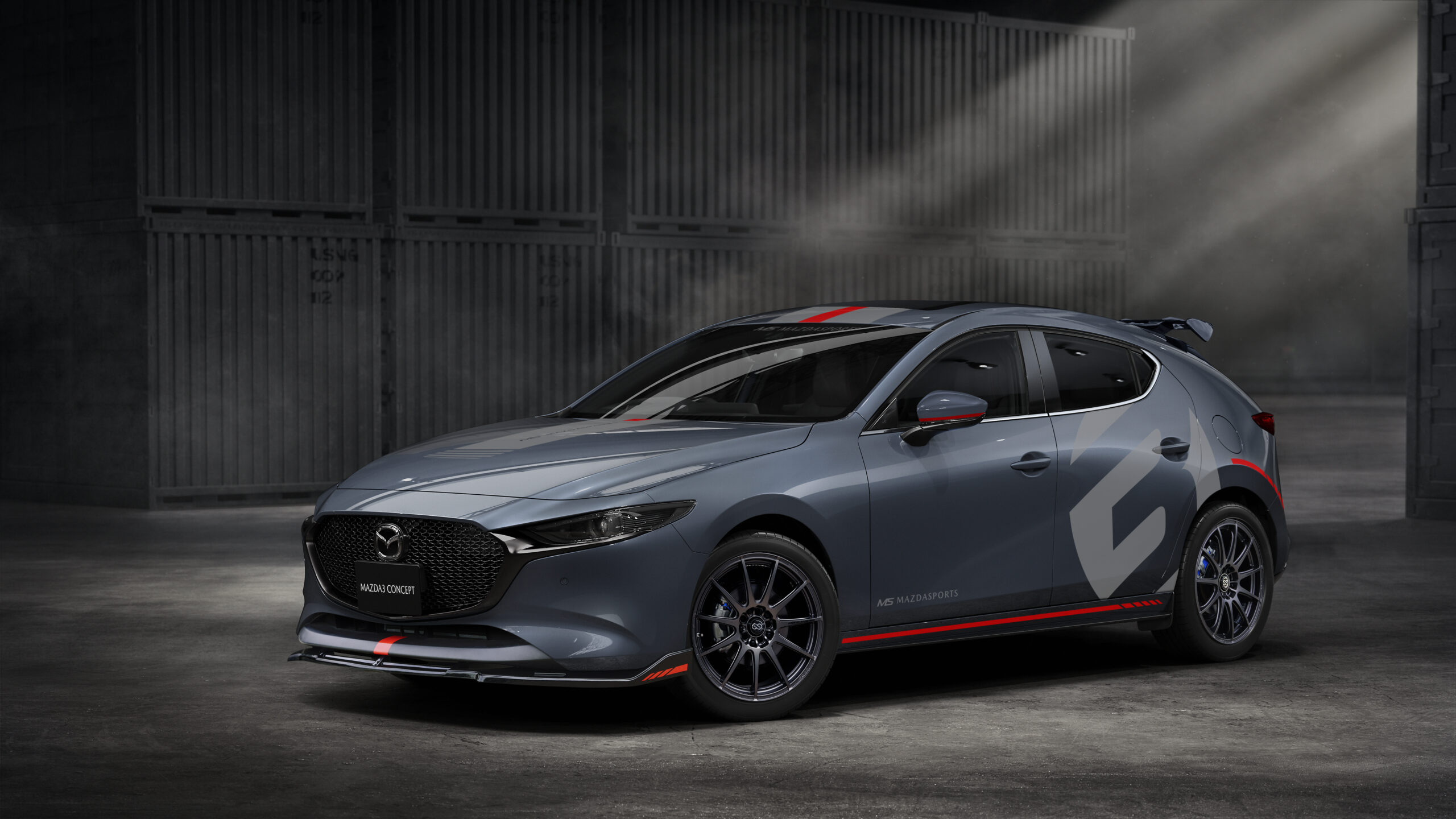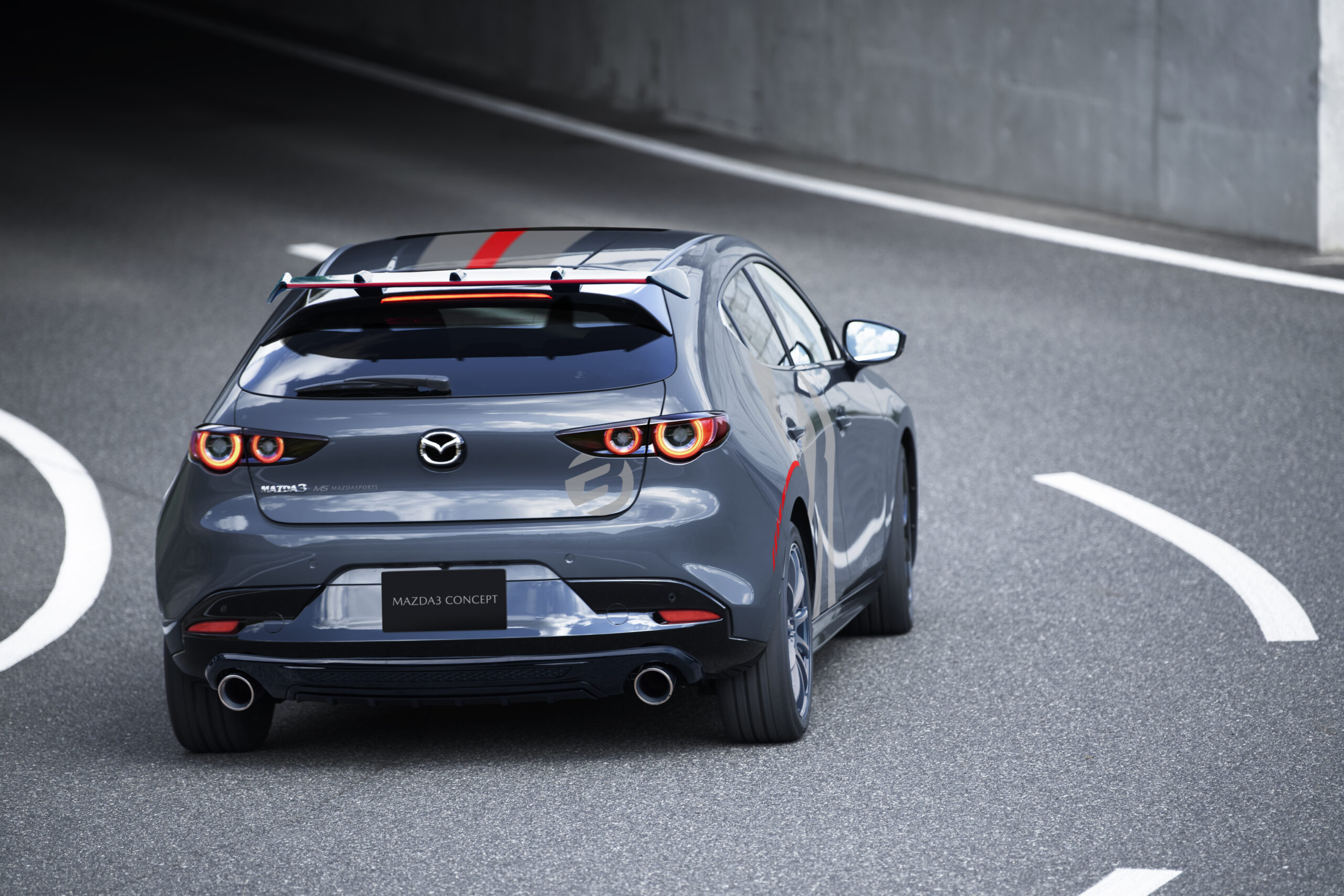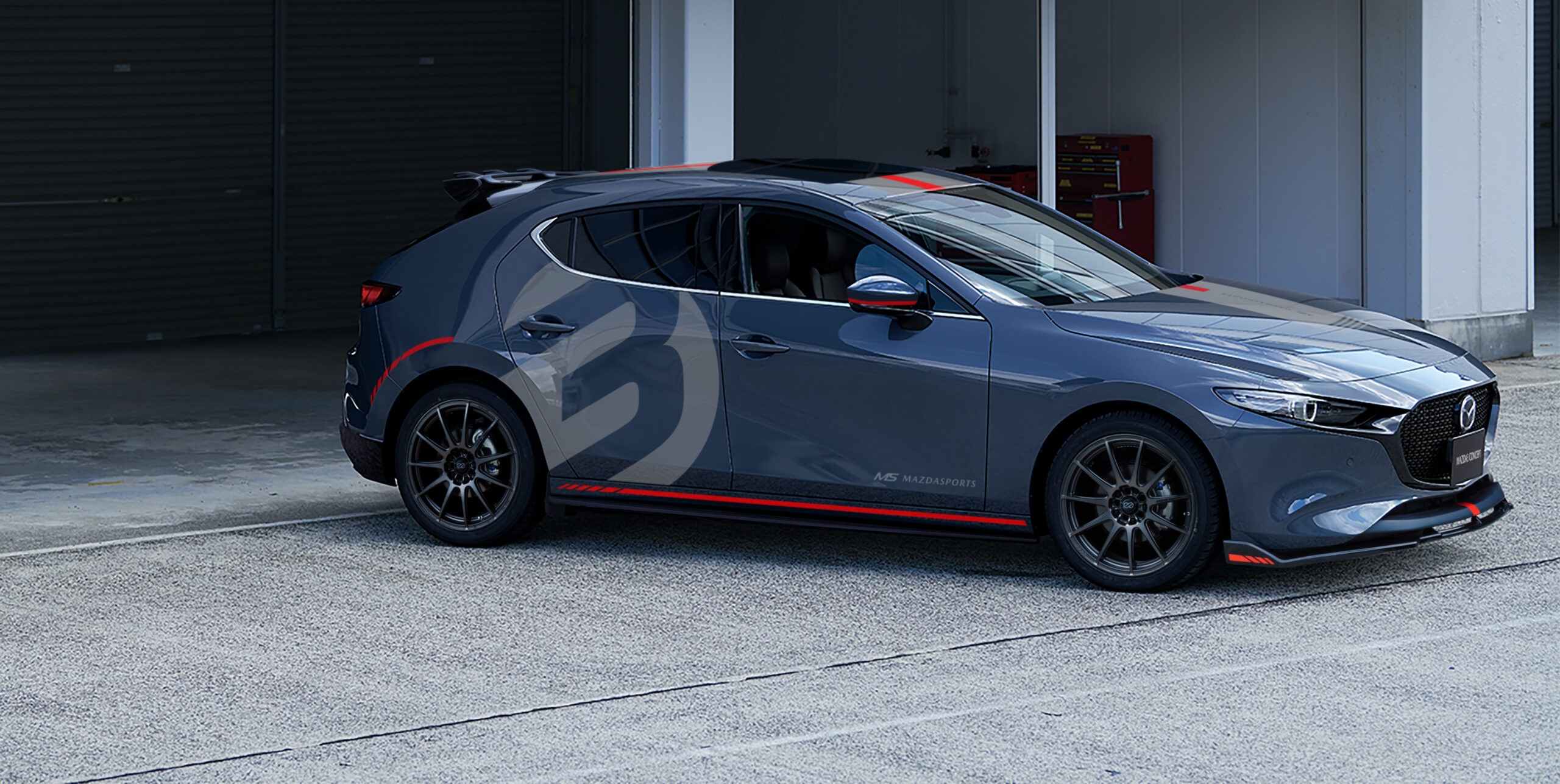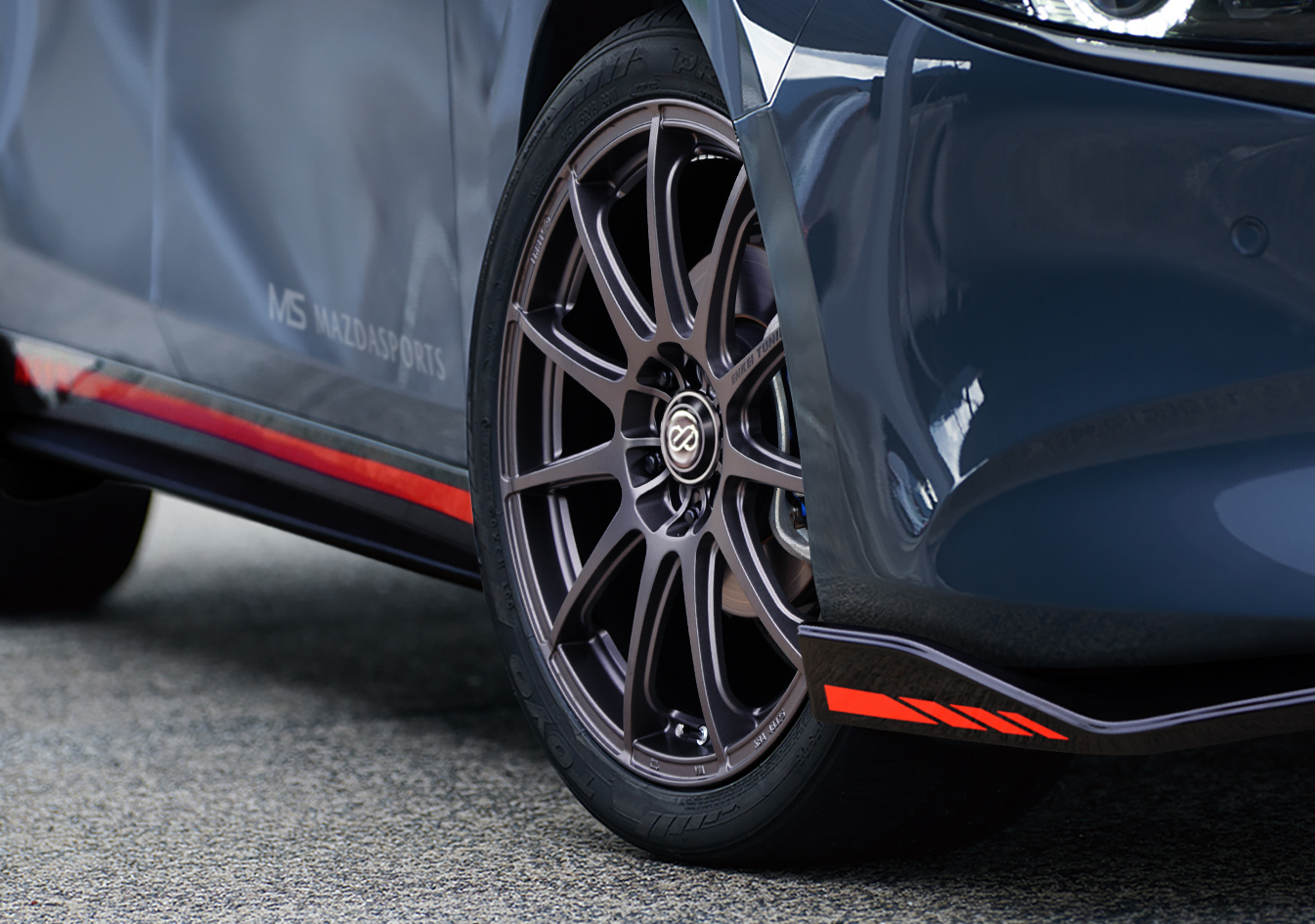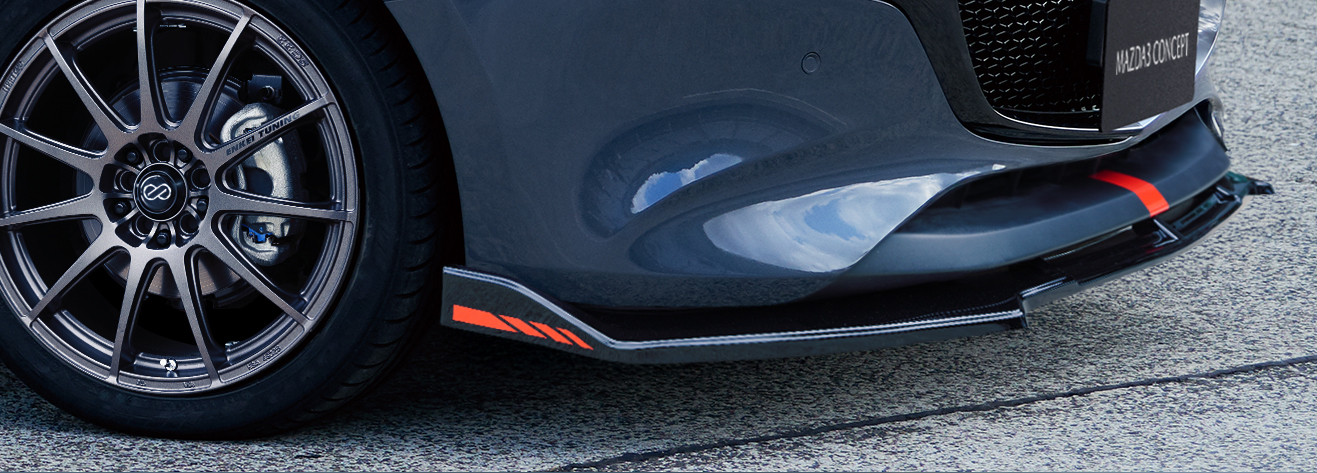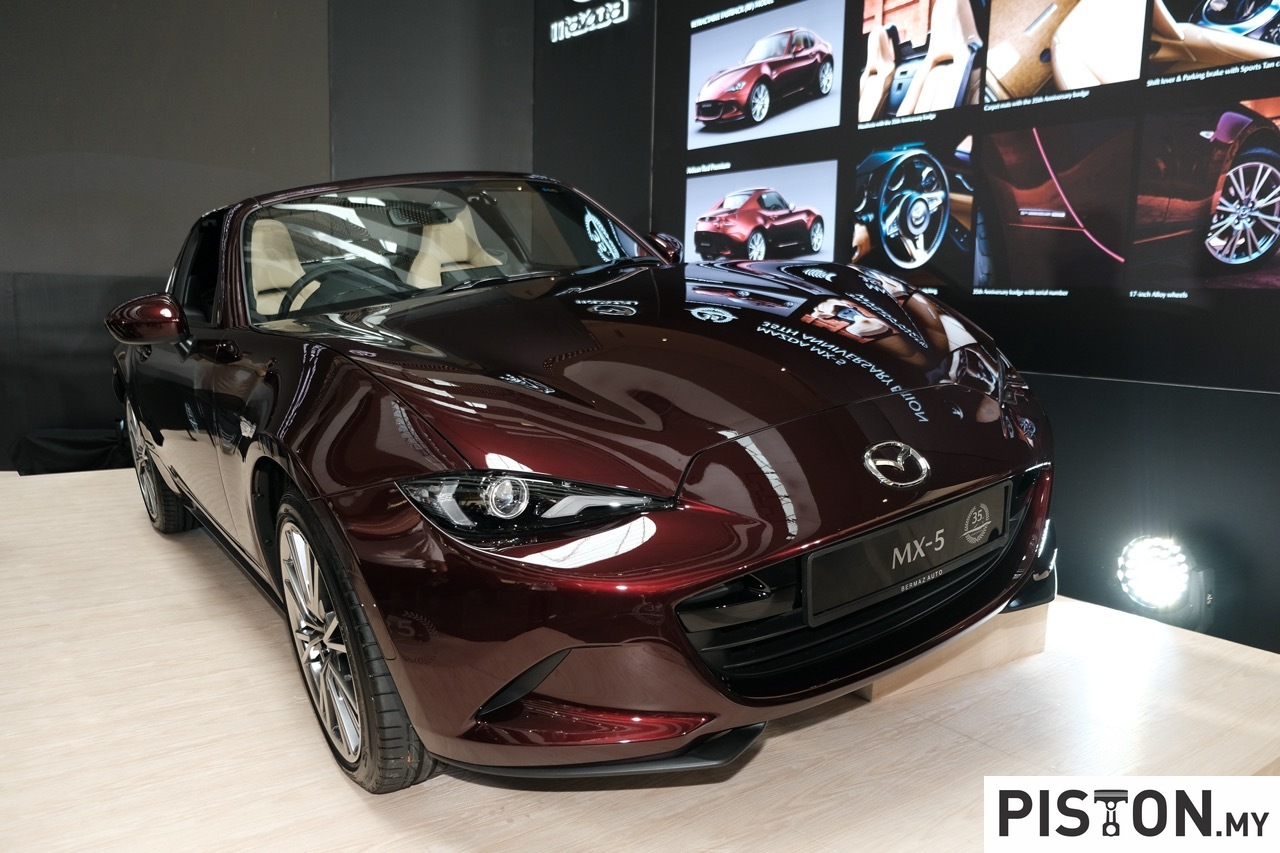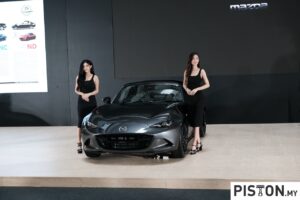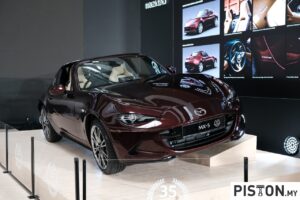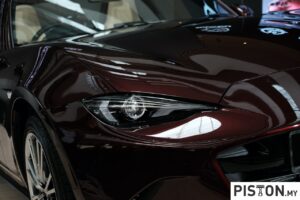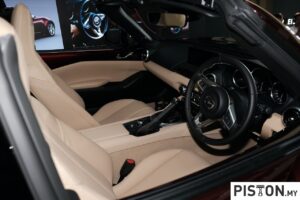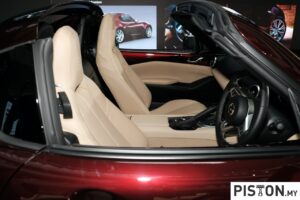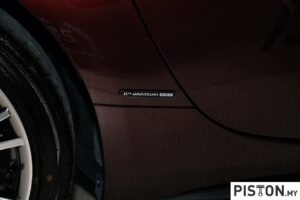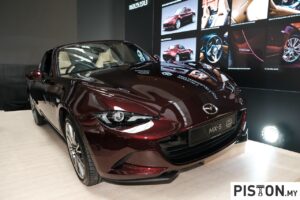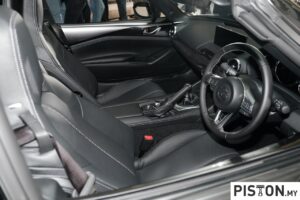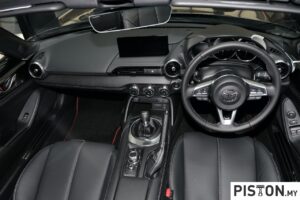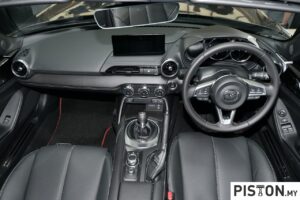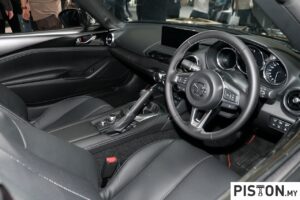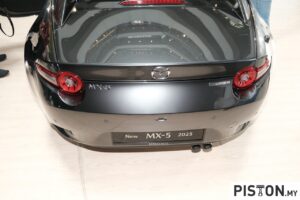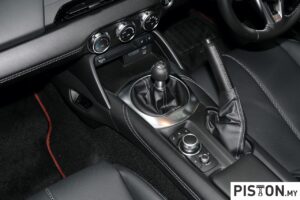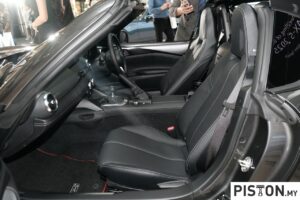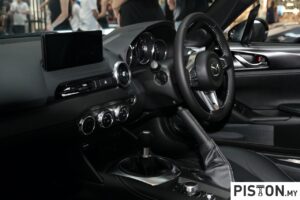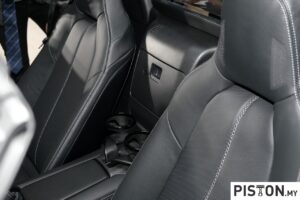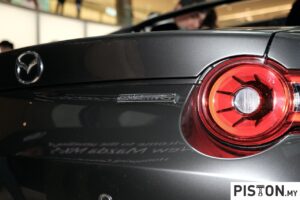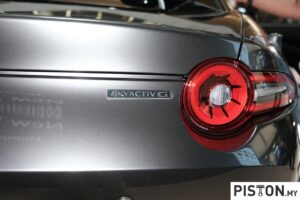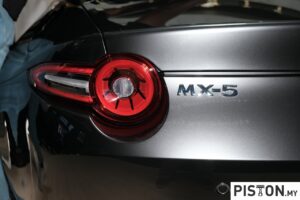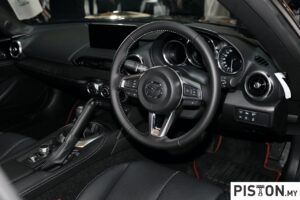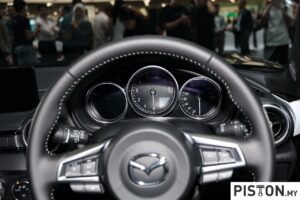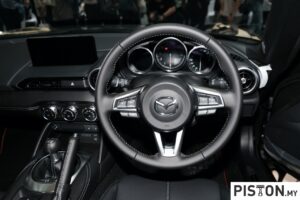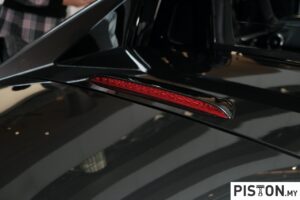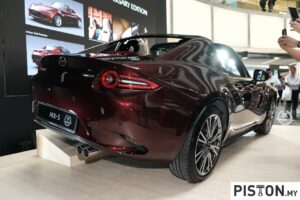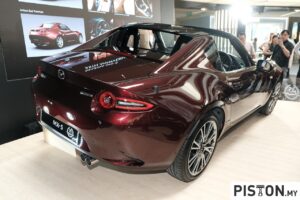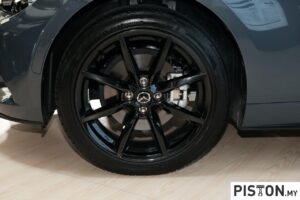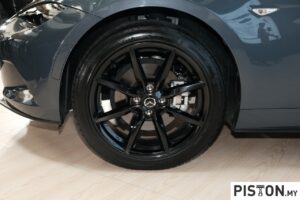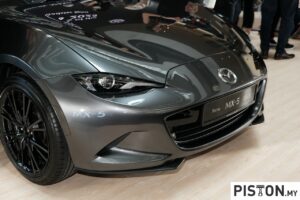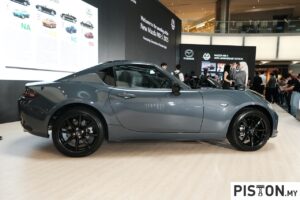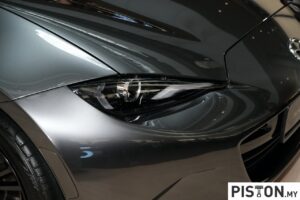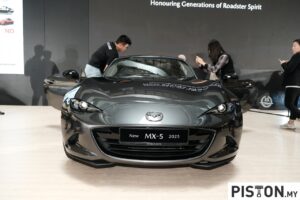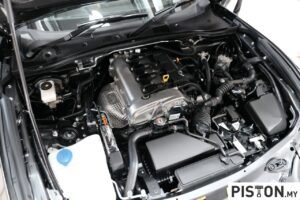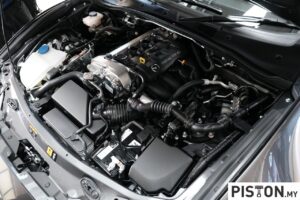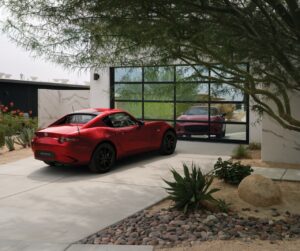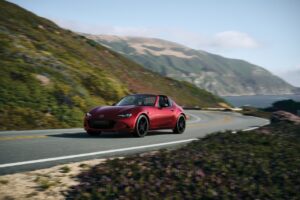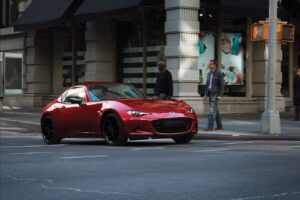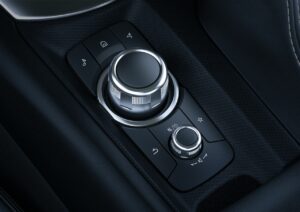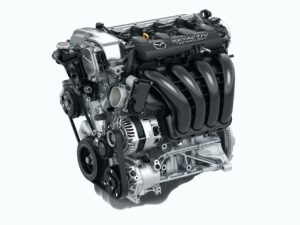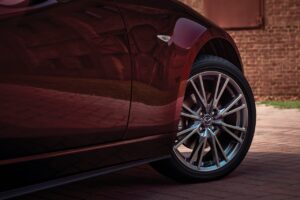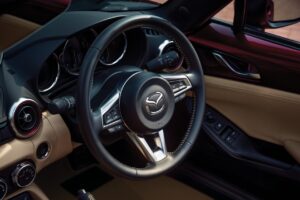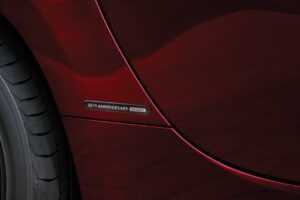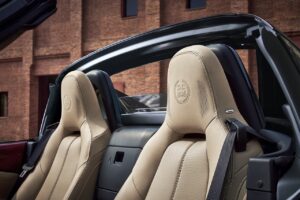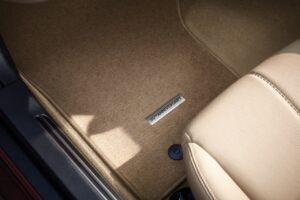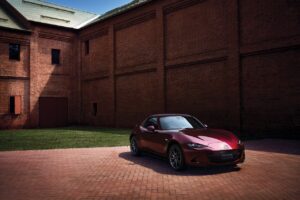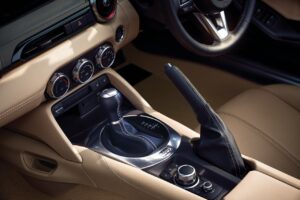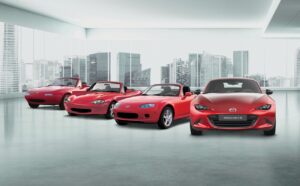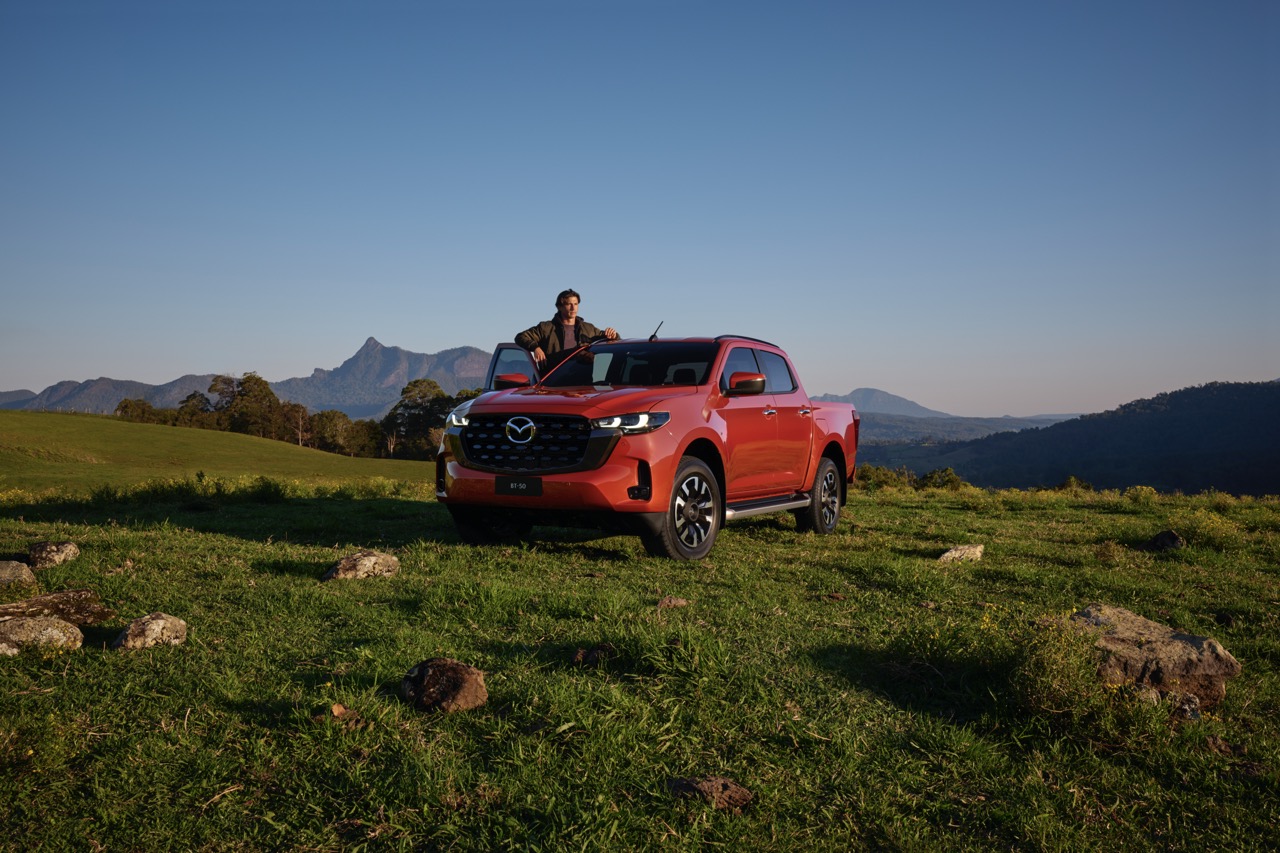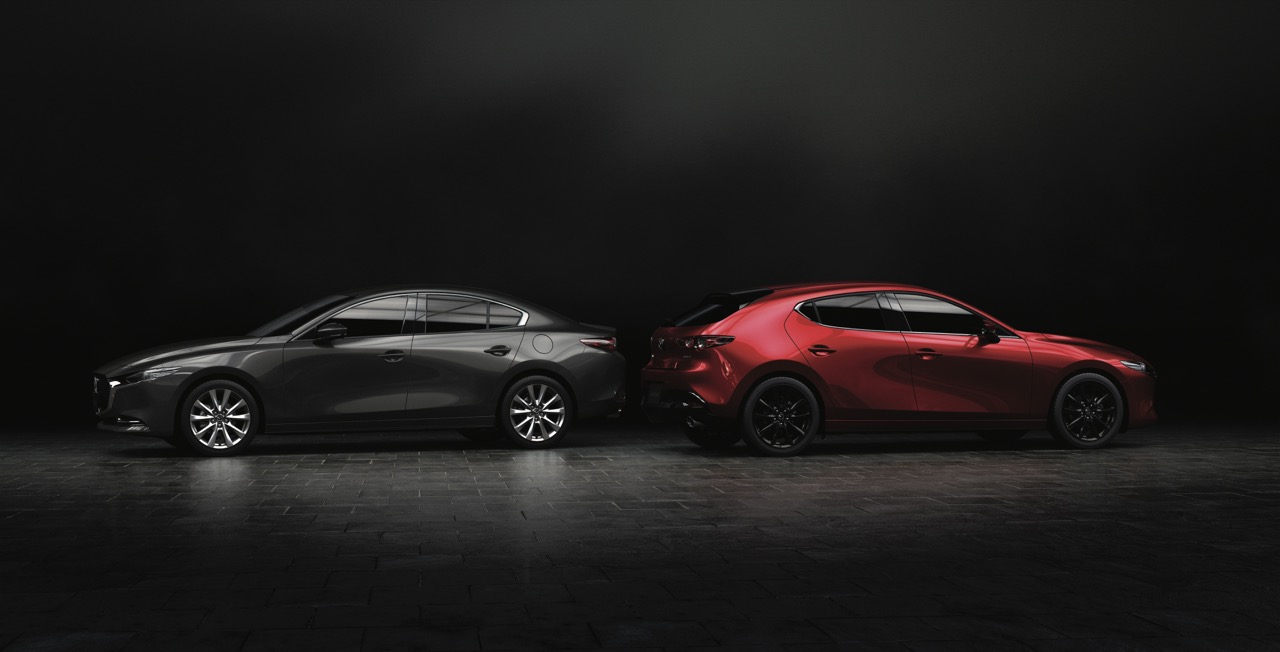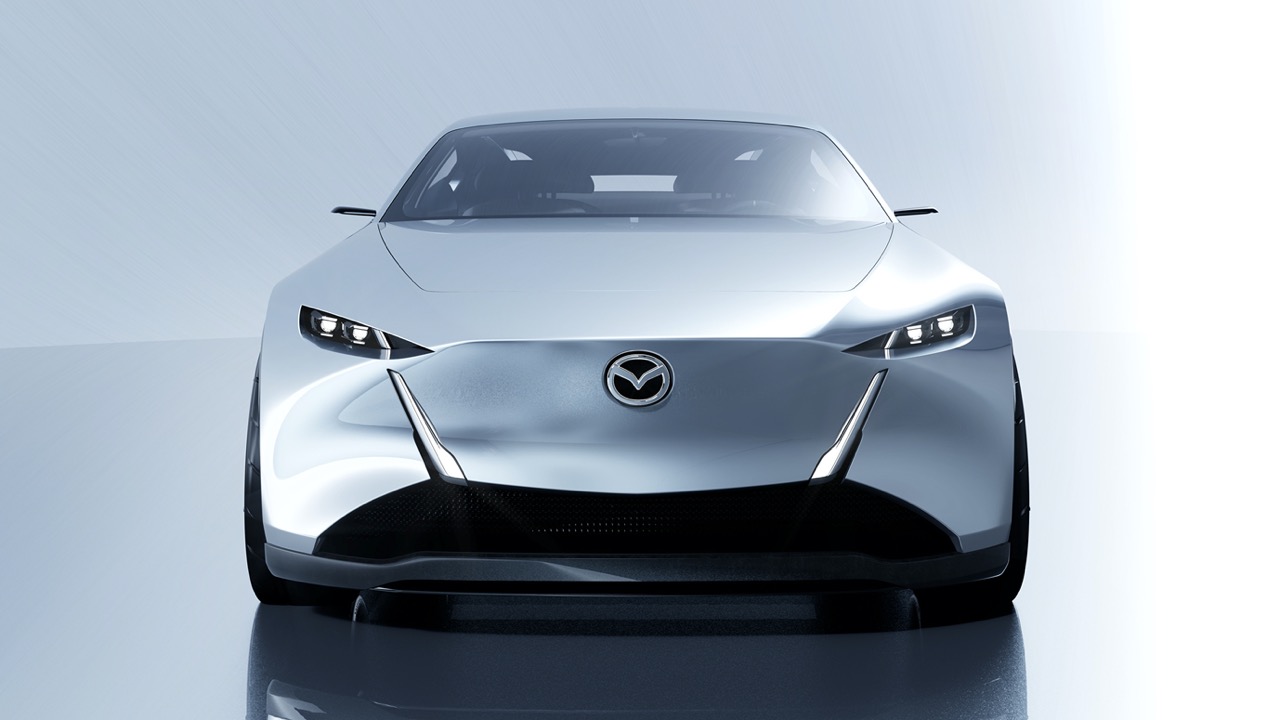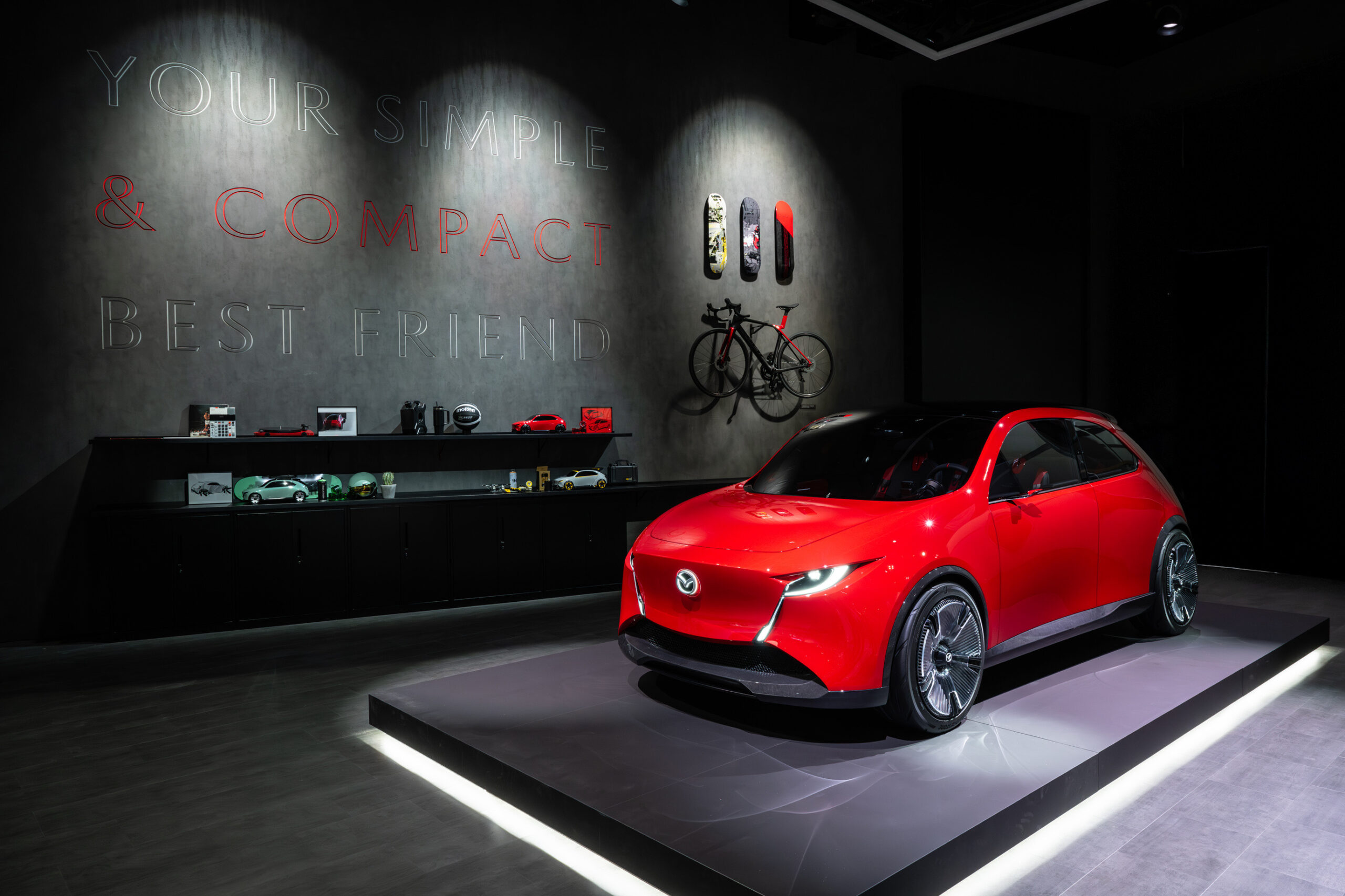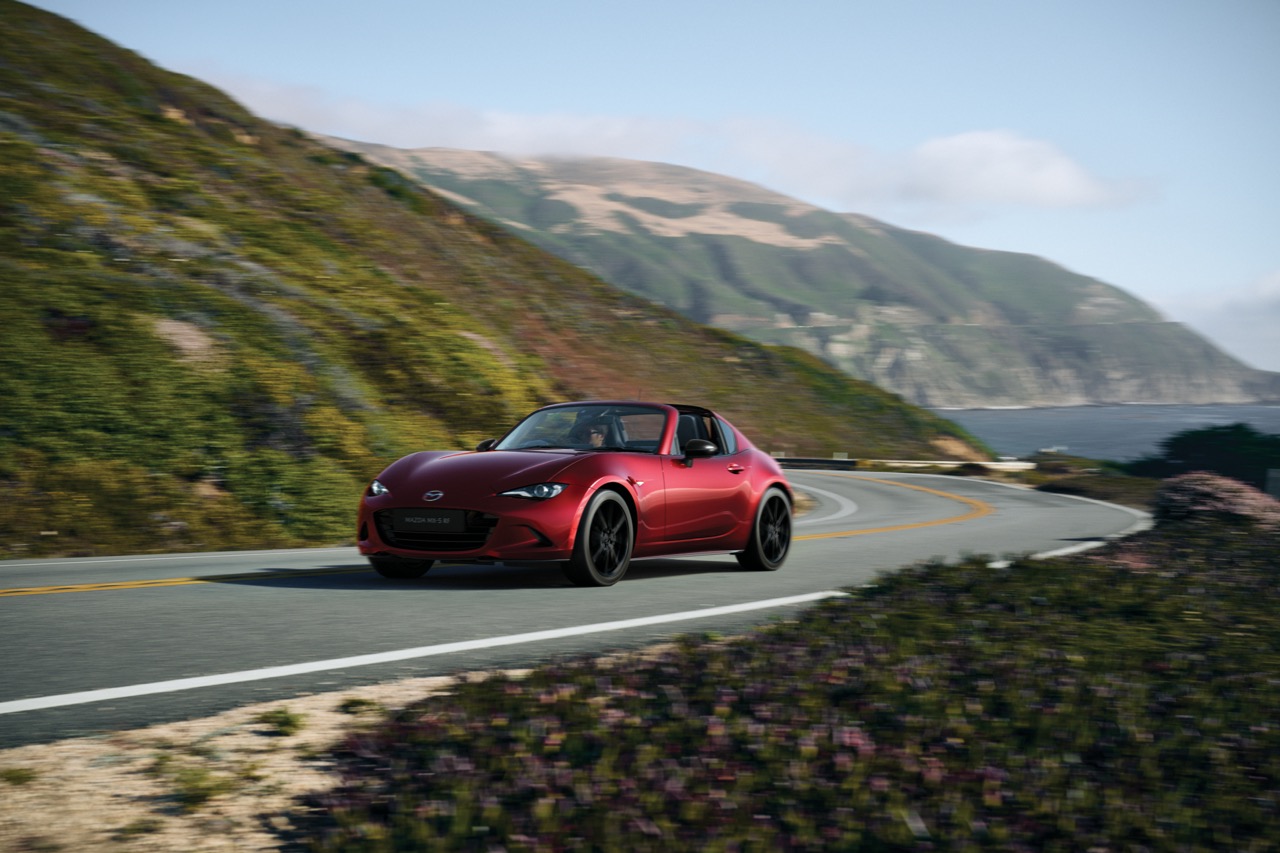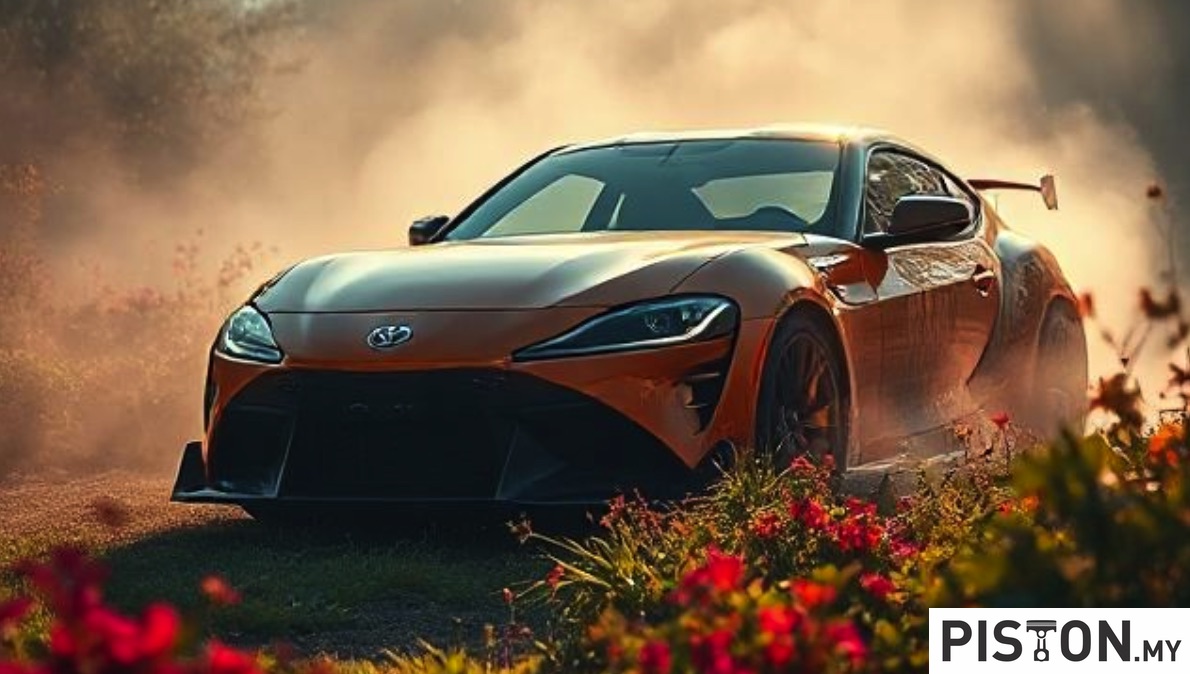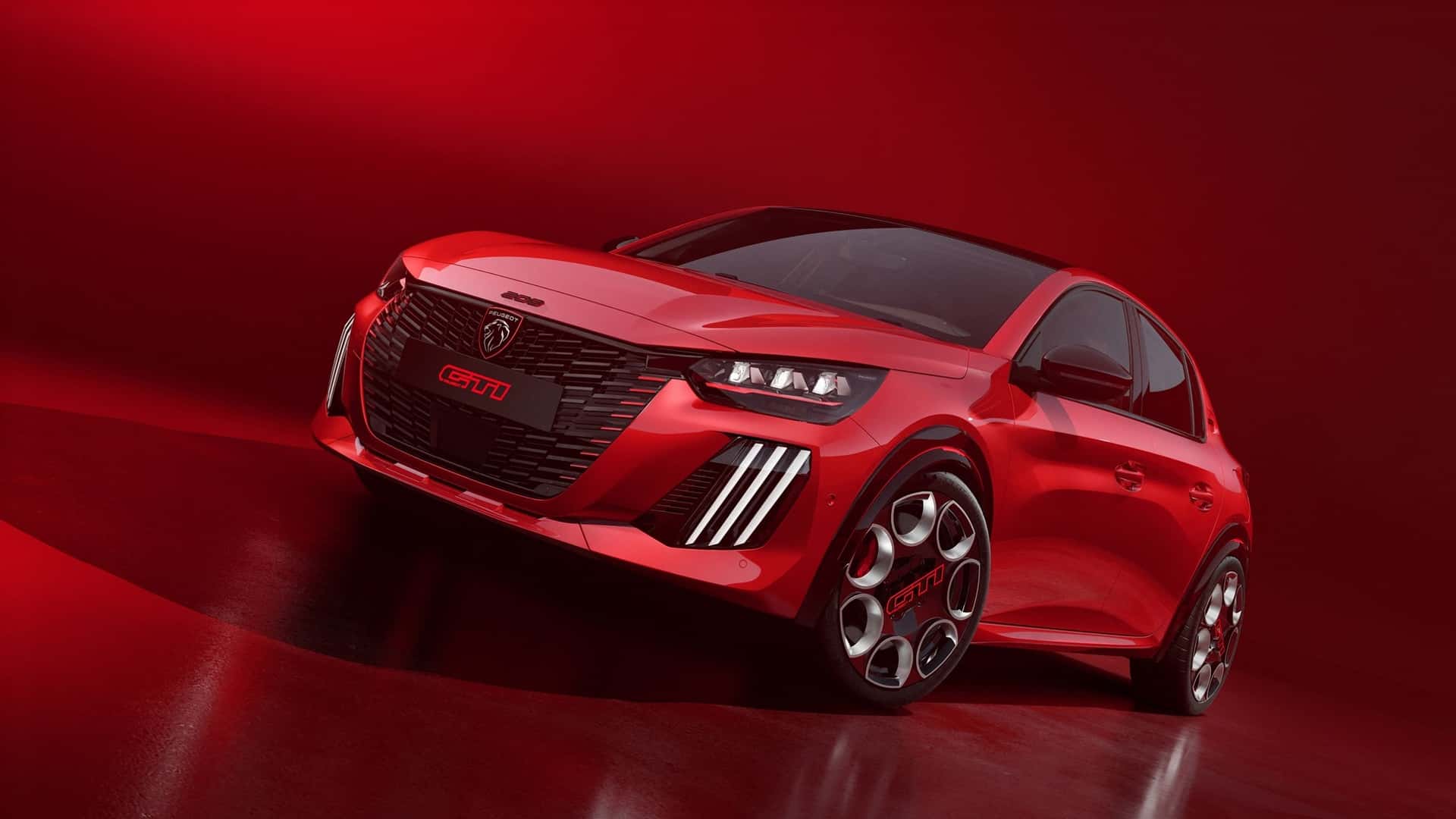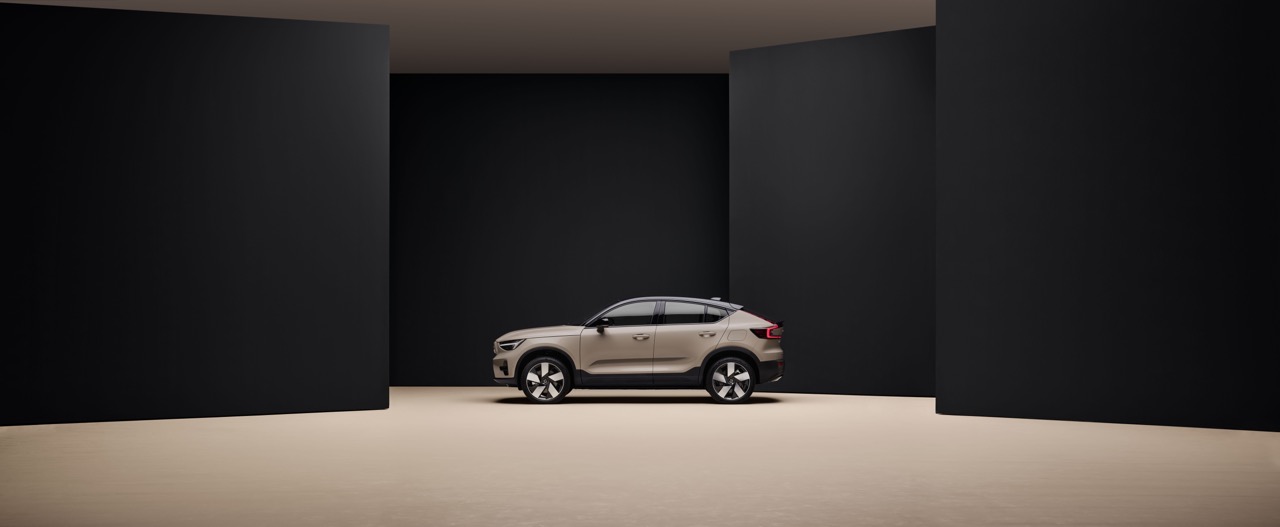Bermaz Motor, the exclusive distributor of Mazda vehicles in Malaysia, introduces the highly anticipated Mazda MX-5 35th Anniversary Edition—a tribute to 35 years of driving joy, timeless design, and the spirit of Jinba-Ittai, Mazda’s philosophy of perfect harmony between driver and machine.
Since its global debut in 1989, the Mazda MX-5 has consistently delivered a driver-centric experience, evolving through four generations while staying true to its lightweight, dynamic roots. From the iconic NA to today’s ND series, the MX-5 continues to exemplify pure roadster exhilaration.
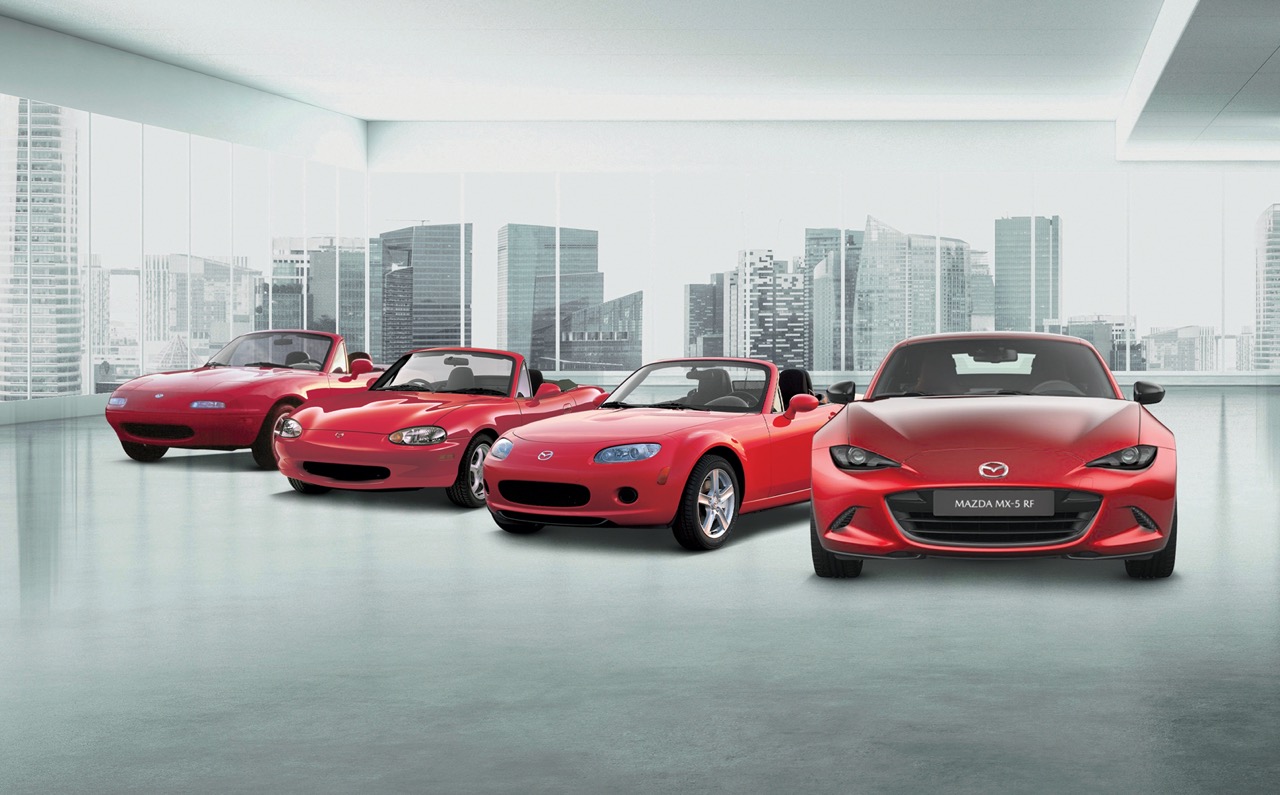
In celebration of this legacy, the 35th Anniversary Edition makes its debut in Malaysia in limited numbers. This commemorative model combines heritage-inspired details with modern upgrades in performance, design, and connectivity—making it a collector’s dream.
Mazda’s Kodo: Soul of Motion design language is brought to life in this exclusive edition, particularly through the debut of the Artisan Red Premium exterior. Created using Mazda’s advanced Takuminuri painting technology, this deep and radiant red finish enhances the car’s sculpted lines with a sense of movement, strength, and elegance—even while stationary.
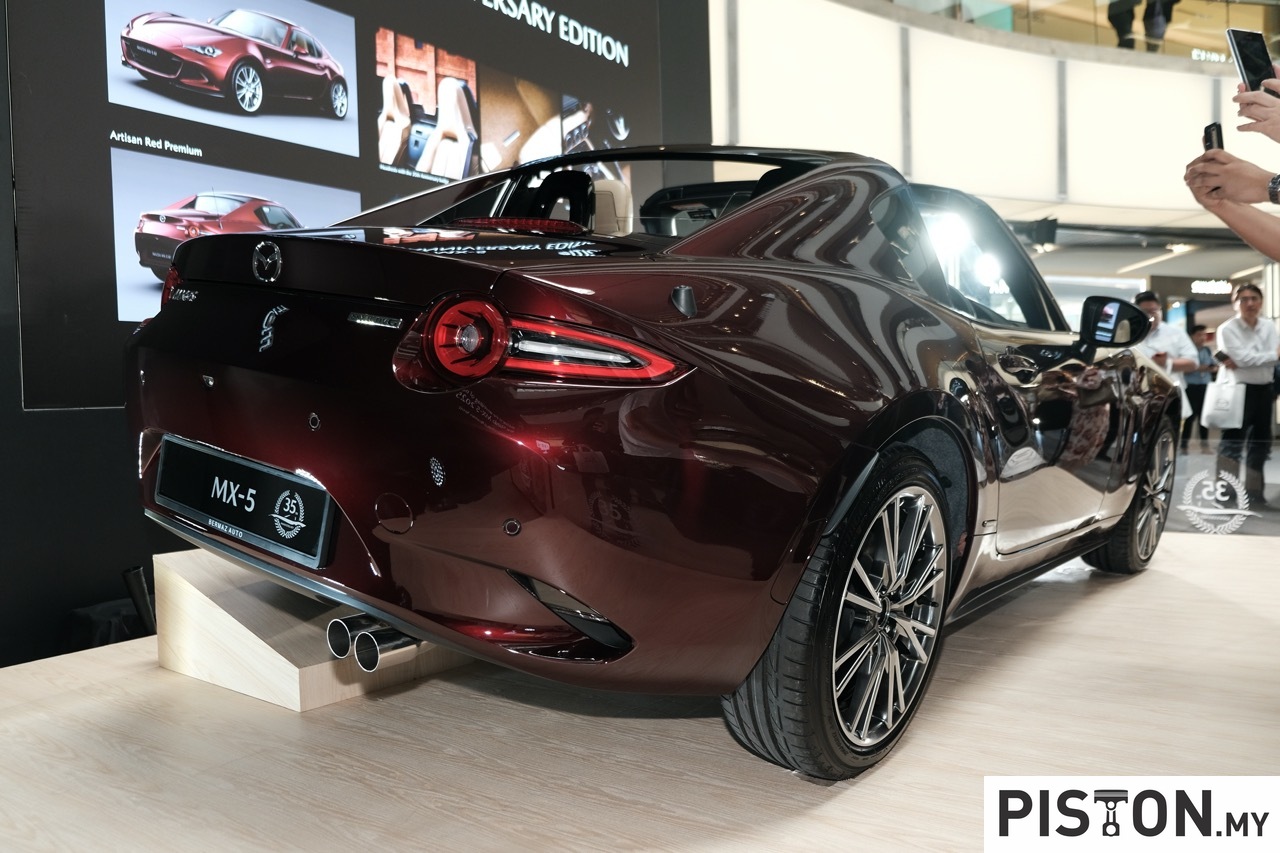
Exclusive to this edition is a 35th Anniversary badge on the rear fender, body-coloured outer mirrors, and striking 17-inch Bright Metallic alloy wheels. Inside, the Sports Tan leather interior features matching dashboard trim, carpeting, and floor mats—all embroidered or embossed with the 35th Anniversary logo. Artisan Red accents on the air-conditioning vents and door panels tie the cabin together for a unified aesthetic.
The 2025 Mazda MX-5 range also sees key design and equipment enhancements. Exterior updates include redesigned LED headlamps with recessed low beams, giving the car a unique “eye-like” expression. A concave rear combination lamp lens evokes an “afterburner” visual effect, while the bumper now features updated reflectors and rear fog lights.
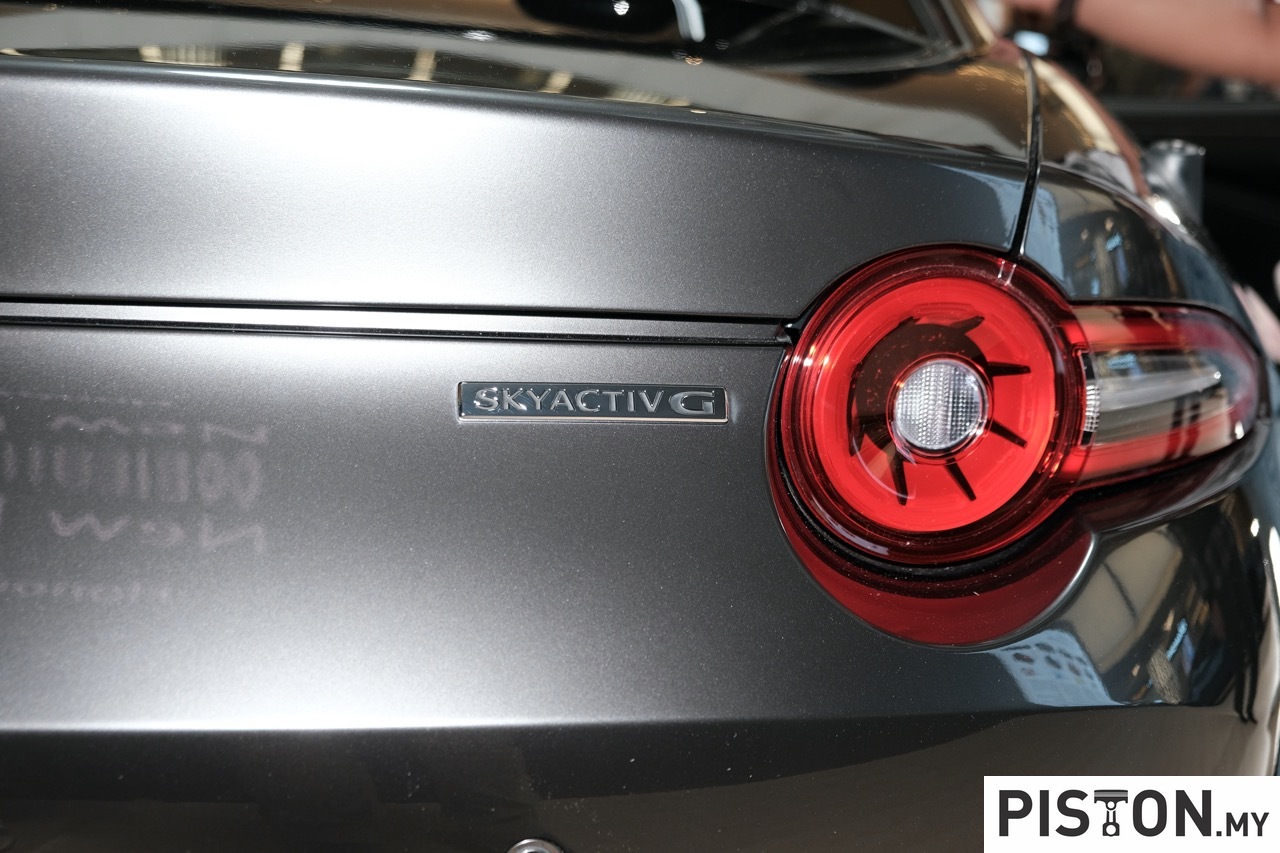
Inside, all variants benefit from a newly designed meter cluster with improved readability and a frameless auto-dimming rearview mirror. A new 8.8-inch infotainment display supports voice recognition, USB-C charging, and a high-definition reverse camera for improved usability and safety.
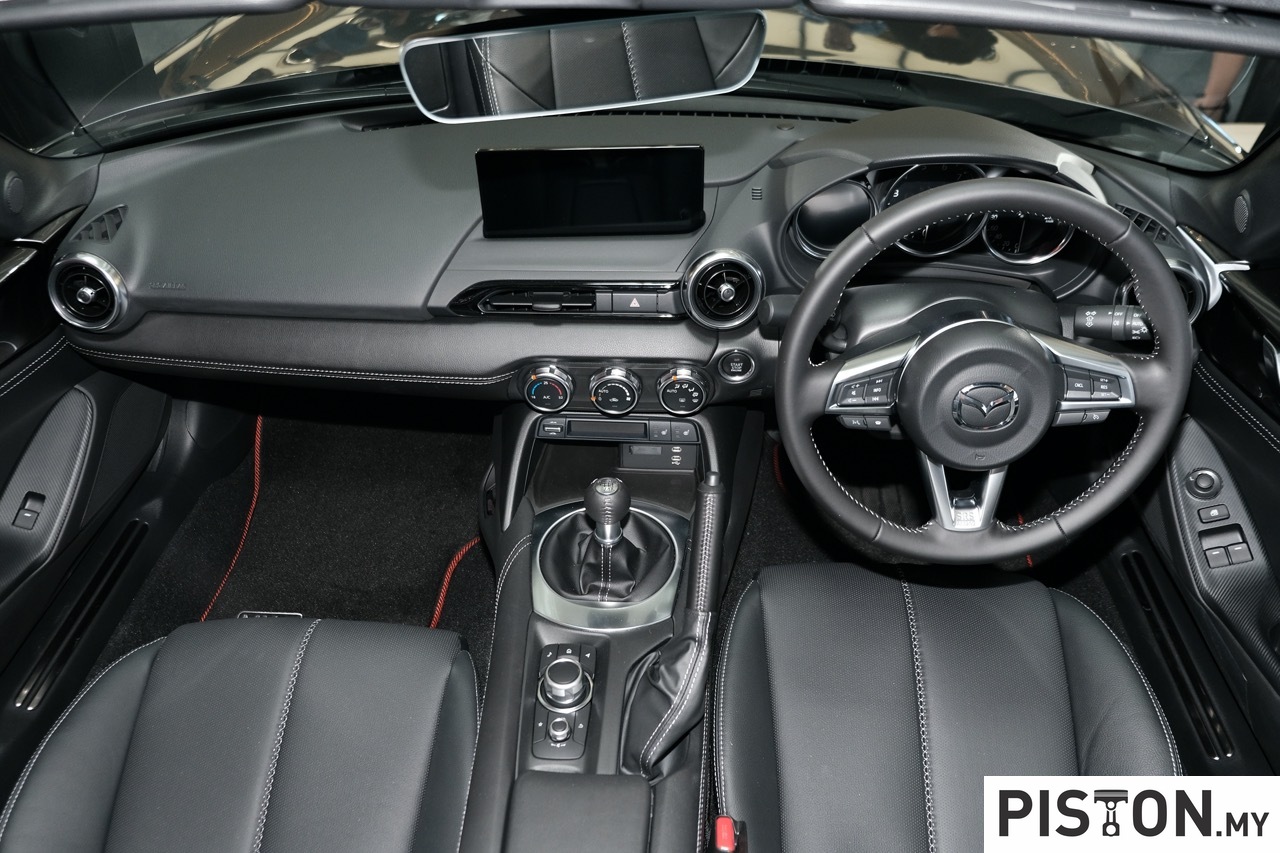
Under the hood, the 2025 MX-5 RF continues with the spirited Skyactiv-G 2.0L engine, delivering 181hp and 205Nm of torque with a top speed of 200km/h. A key highlight is the addition of DSC-TRACK mode and an Asymmetric Limited Slip Differential (LSD) in the manual variant. These performance technologies provide greater control and improved traction during spirited driving.
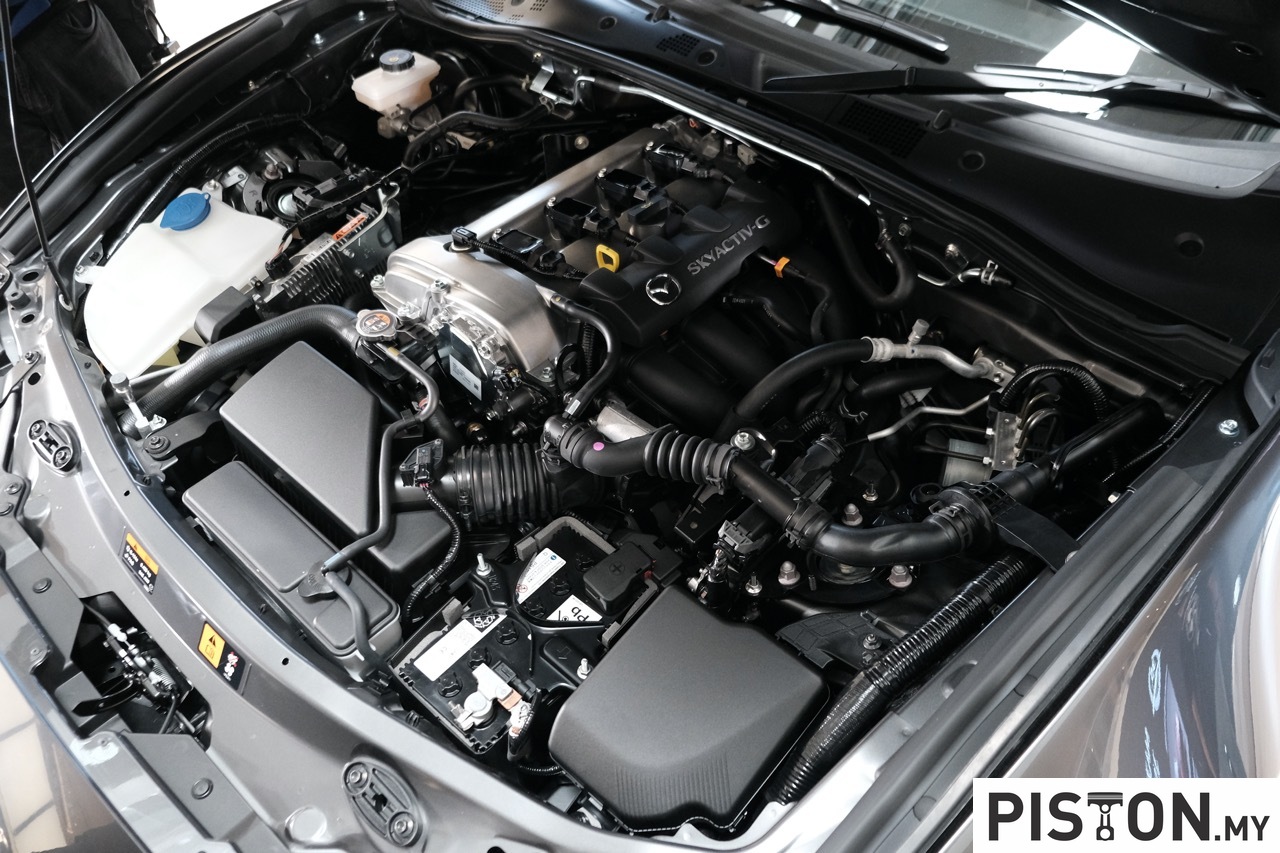
Mazda has also refined the Electronic Power Assisted Steering (EPAS) system to enhance responsiveness, with a 5% reduction in rack friction and improved motor control logic, delivering more natural and linear steering feel.
The 2025 Mazda MX-5 RF is available in several colours, including Deep Crystal Blue, Soul Red Crystal, Machine Gray, Snowflake White Pearl, Jet Black, and the newly added Aero Gray. The 35th Anniversary Edition is exclusively available in Artisan Red Premium. Pricing for the Mazda MX-5 RF (Manual/Auto) starts from RM293,000.00, and the Mazda MX-5 35th Anniversary Edition is priced at RM315,000.00.
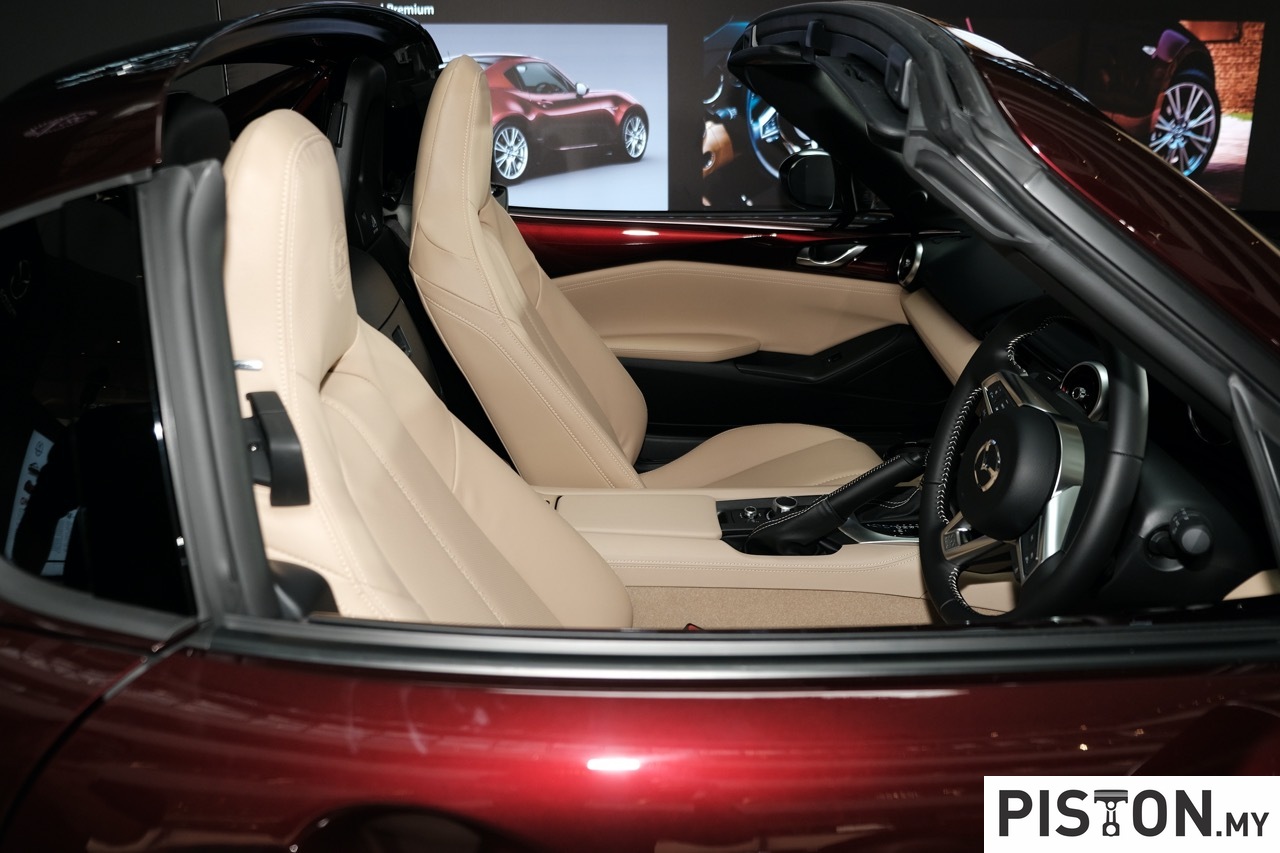
All new Mazda models come with a 5-Year Manufacturer Warranty and 5-Year Free Maintenance (including parts, labour, and lubricants, excluding Mazda B50), with a mileage limit of 100,000 km or five years, whichever comes first.
The Mazda MX-5 35th Anniversary Edition will be showcased at the Bermaz Auto Showcase from 10th to 13th April 2025 at the Oval Concourse, 1 Utama Shopping Centre, from 10:00 AM to 10:00 PM.
In conjunction with the launch, an exclusive Mazda MX-5 Photo Contest will also take place from 10th to 13th April at both 1 Utama and Sunway Carnival Mall (Northern Region), offering fans a chance to win exciting Mazda merchandise.

